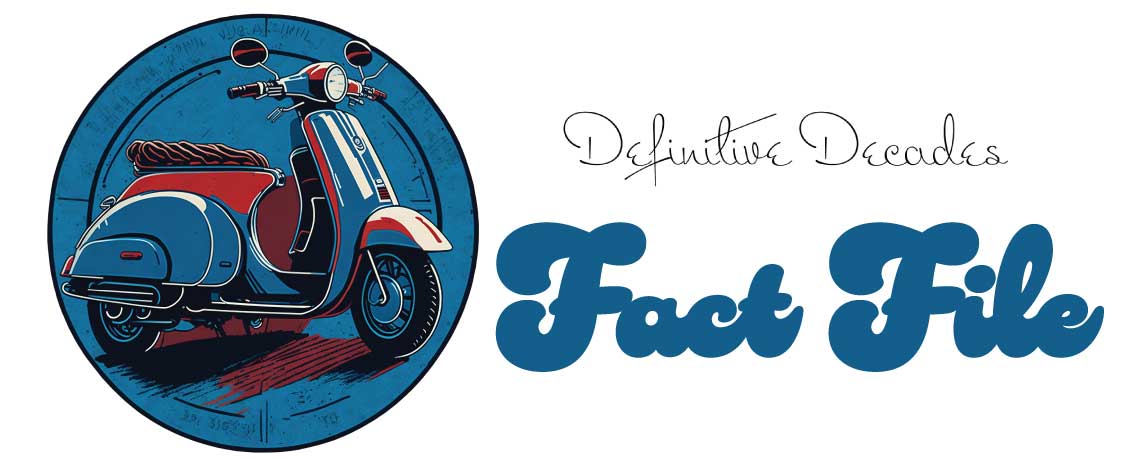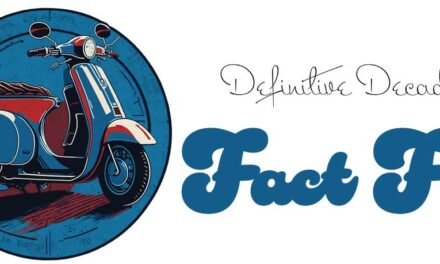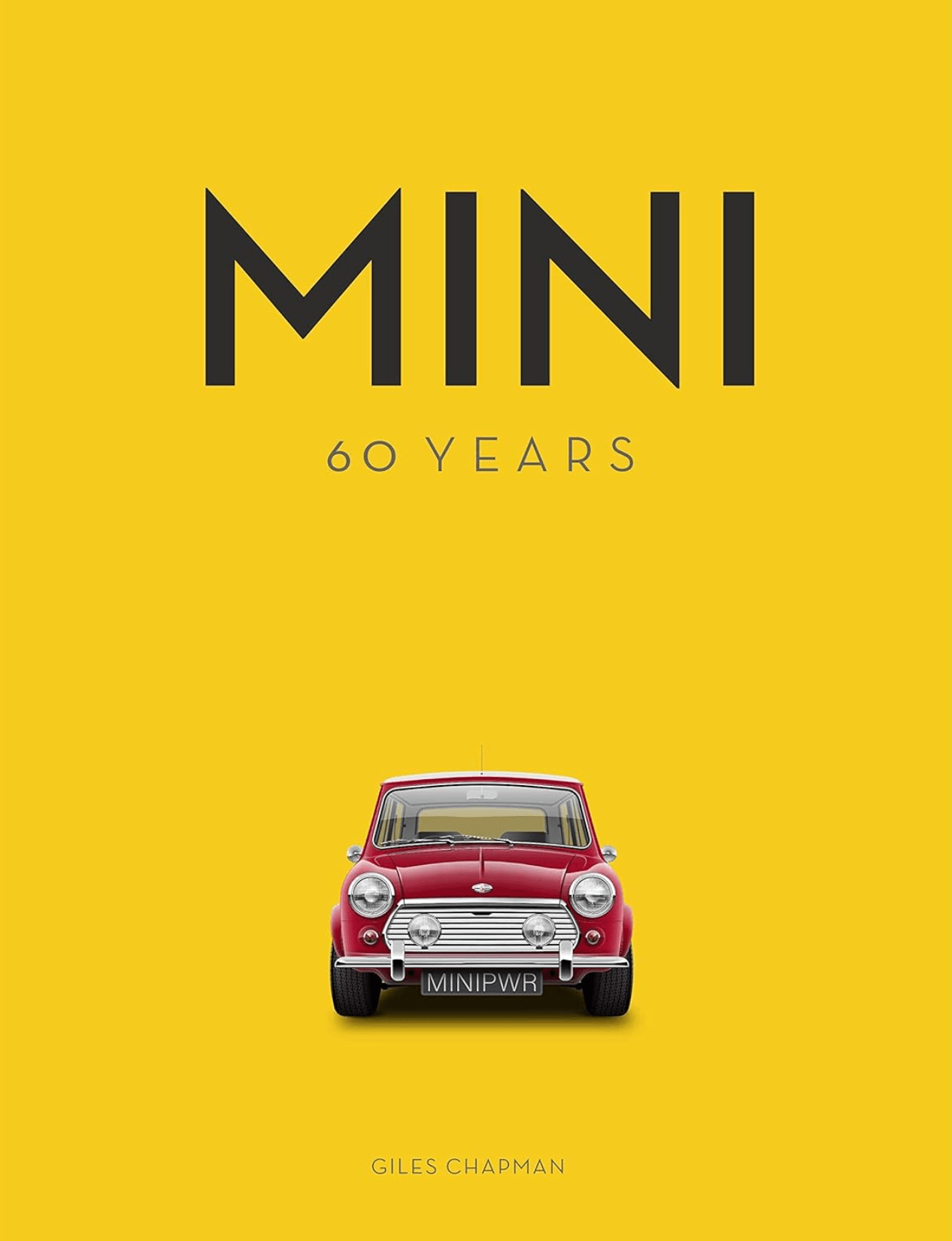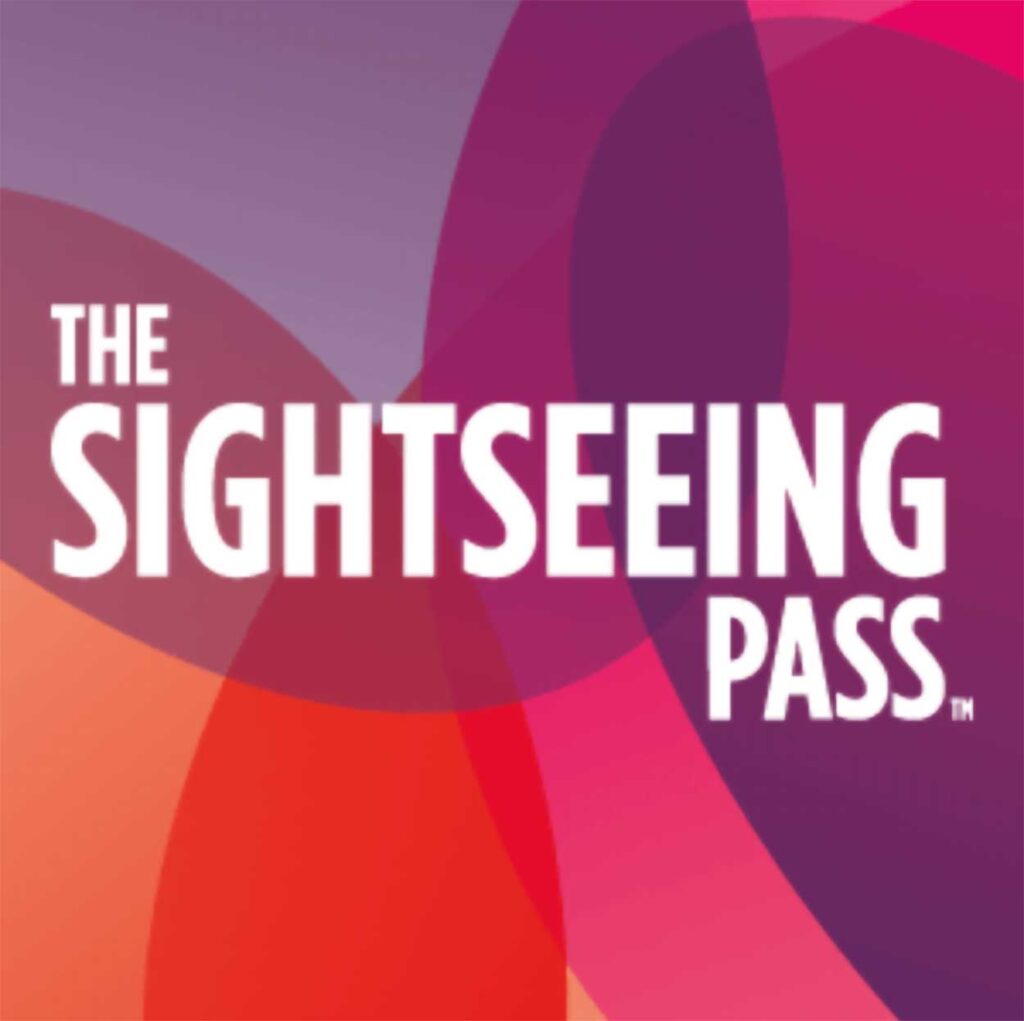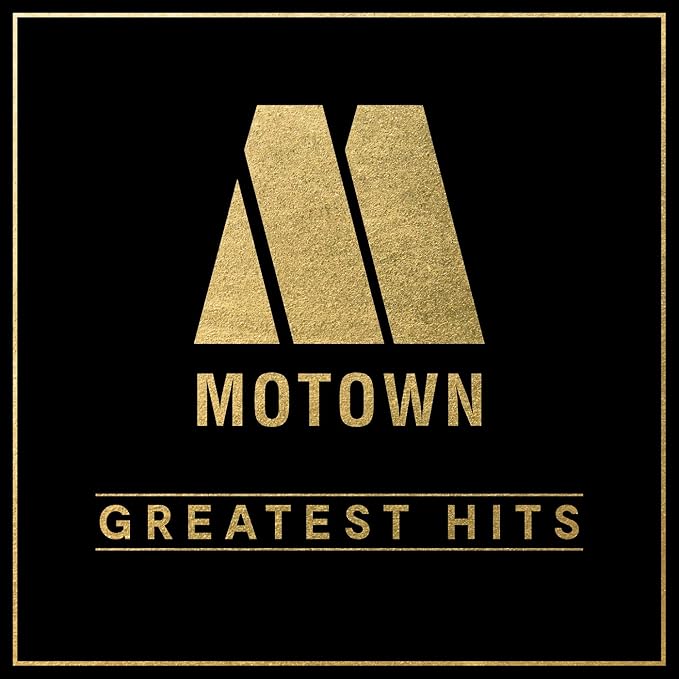Don’t Look Now: Exploring the Psychological Thriller Classic
Released in 1973, “Don’t Look Now” is a psychological thriller film that has garnered a reputation as a cult classic. Directed by Nicolas Roeg, the film combines elements of horror, mystery, and supernatural, creating a unique viewing experience for audiences. Its release came at a time when the genre was undergoing a renaissance, with movies like “The Exorcist” and “Rosemary’s Baby” captivating viewers worldwide.
Nicolas Roeg, a prominent British director known for his unconventional storytelling techniques, was at the helm of “Don’t Look Now”. The screenplay was penned by Allan Scott and Chris Bryant, based on a short story by Daphne du Maurier. The film was produced by Casey Productions and Eldorado Films.
The narrative of “Don’t Look Now” revolves around a grieving couple, John and Laura Baxter, who travel to Venice following the tragic drowning of their daughter, Christine. In Venice, a clairvoyant tells Laura that Christine is trying to communicate with them from beyond the grave, which sparks a series of mysterious events and encounters. As the couple delves deeper into the eerie occurrences, they find themselves confronted with a chilling and suspenseful central conflict.
The film features an outstanding cast, with Donald Sutherland and Julie Christie in the lead roles as John and Laura Baxter, respectively. Sutherland delivers a powerful and nuanced performance as John, a skeptical architect who becomes increasingly entangled in the supernatural events unfolding around him. Christie’s portrayal of Laura, a woman plagued by grief and desperation, is equally captivating. Adding to the film’s brilliance are memorable supporting performances by Hilary Mason, Clelia Matania, and Massimo Serato.
Upon its release, “Don’t Look Now” received widespread critical acclaim. Roeg’s masterful direction, combined with his innovative use of editing and visual imagery, garnered praise. The film’s atmospheric setting and eerie cinematography, alongside its exploration of grief and the supernatural, captivated audiences and critics alike. Although initially polarizing, “Don’t Look Now” has since been recognized as a groundbreaking addition to the horror genre.
The film achieved notable success, both commercially and critically. It grossed over $25 million worldwide, overcoming its modest budget. Furthermore, “Don’t Look Now” garnered accolades, receiving several award nominations and winning prestigious recognition in categories such as editing and cinematography.
“Don’t Look Now” has left an enduring legacy within popular culture. Its atmospheric storytelling, visual style, and psychological depth have influenced countless filmmakers, inspiring several contemporary horror classics. Roeg’s innovative editing techniques and the film’s use of symbolism and foreshadowing remain influential and are often referenced and studied by aspiring directors.
Despite its standalone status, “Don’t Look Now” has not spawned any official sequels or prequels. However, its success has led to the reissue of the original short story by Daphne du Maurier, allowing new audiences to explore the fascinating source material.
In conclusion, “Don’t Look Now” is a masterpiece of psychological horror that has stood the test of time. Nicolas Roeg’s directorial vision, combined with the exceptional performances of Donald Sutherland and Julie Christie, captivated audiences and critics upon its release. Through its innovative storytelling and enduring impact, “Don’t Look Now” has cemented itself as a cult classic and remains essential viewing for horror enthusiasts and cinephiles alike.

